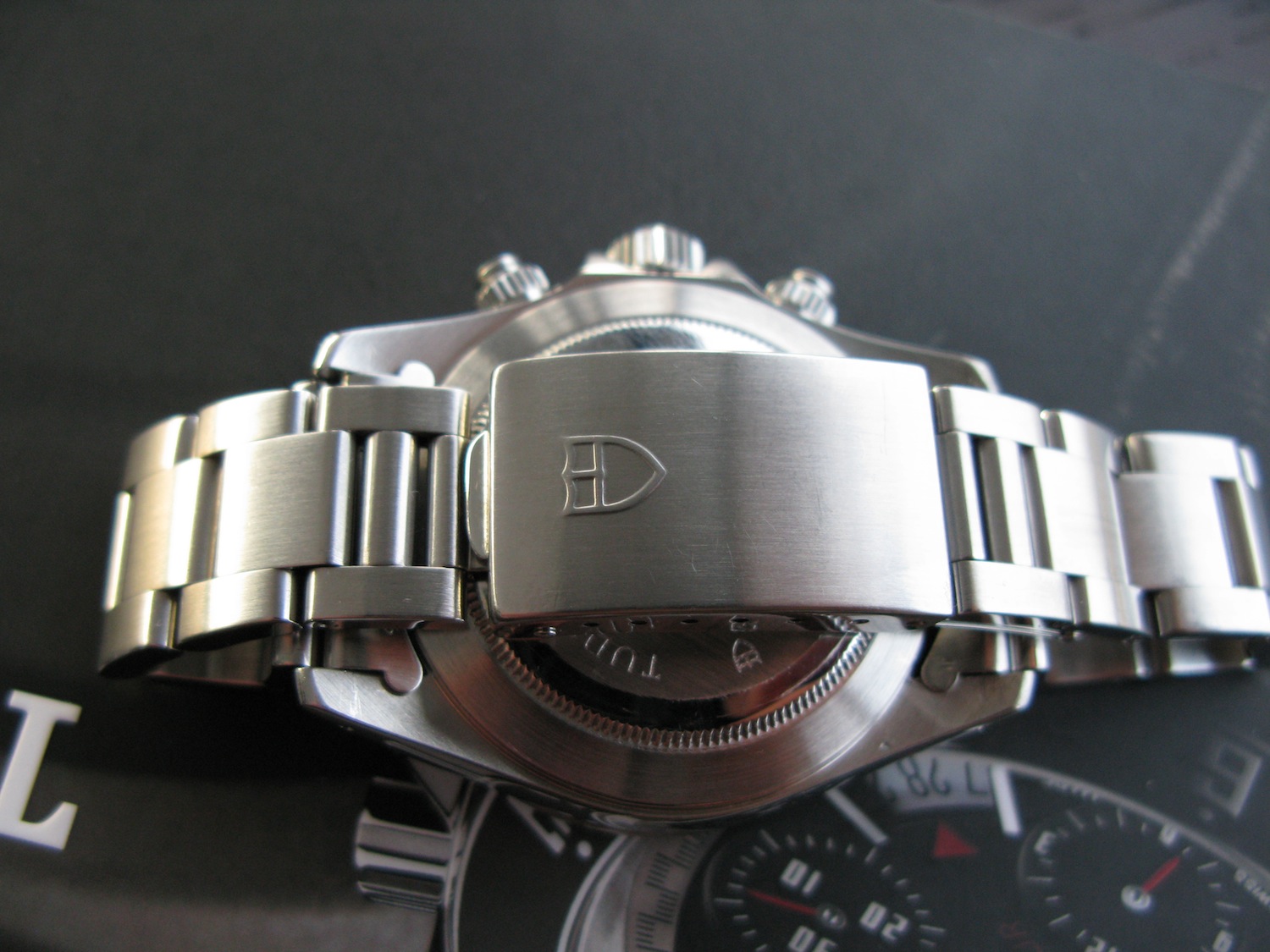Tudor has been around for a very long time, always considered as the more affordable sibling to Rolex. It was not until 1946 that Hans Wilsdorf first opened Tudor. Wilsdorf chose the name Tudor because he wanted to honor the Tudor period of England. Tudor watches used the Tudor Rose emblem until the 1960s and thereafter Tudor changed the rose sign for the current shield sign.
One of the main differences between Rolex and Tudor could be seen when the Tudor Oyster Prince launched in 1952 with the same oyster case but instead of a Rolex manufactured movement, there was a movement supplied by ETA. Additionally, the price point has always been inferior to that of Rolex.
Tudor watches were available worldwide until the early 2000's when Rolex pulled them out of the U.S. market as they were cannibalizing Rolex sales. In theory, a Tudor is a Rolex watch but less expensive. Keep in mind that Tudors are manufactured on the same premises as Rolex and they undergo the same type of quality controls as Rolex. Tudor watches are also serviced at Rolex Service Centers worldwide.
This beautiful Tudor chronograph ref. 79280 is a transitional example. Tudor watches were fitted with Rolex crowns and Rolex case backs up until the late 90's when transitional Tudor watches appeared with either a Rolex case back or a Rolex crown only. After this period, Tudor watches were no longer fitted with Rolex parts. The last example to include Rolex parts was the Tudor Chronograph 'Big Block' with a dial that included the word 'Oysterdate' instead of 'Prince Date'. This transitional example comes with a Rolex crown but not with a Rolex case back.
The Tudor chronograph in our story also includes the word 'Tiger' on the dial as it was launched as a special tribute to golfer Tiger Woods for a short period of time. Tudors with the 'Tiger' dial typically command a lower price than that of the 'Big Blocks' or the clean 'Prince Date' dials.





















